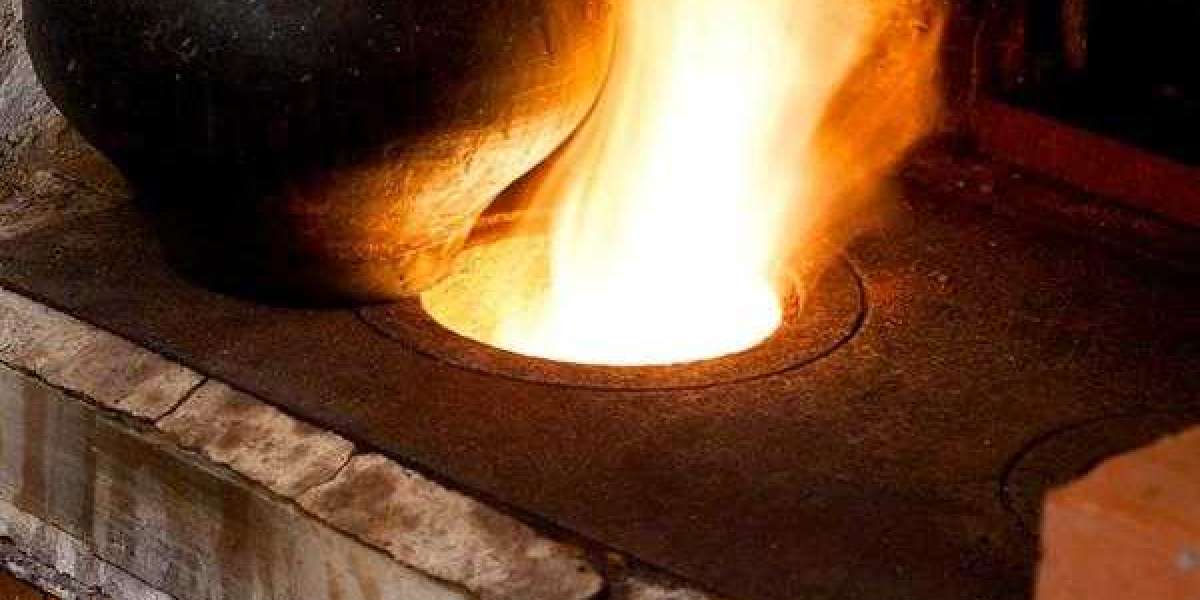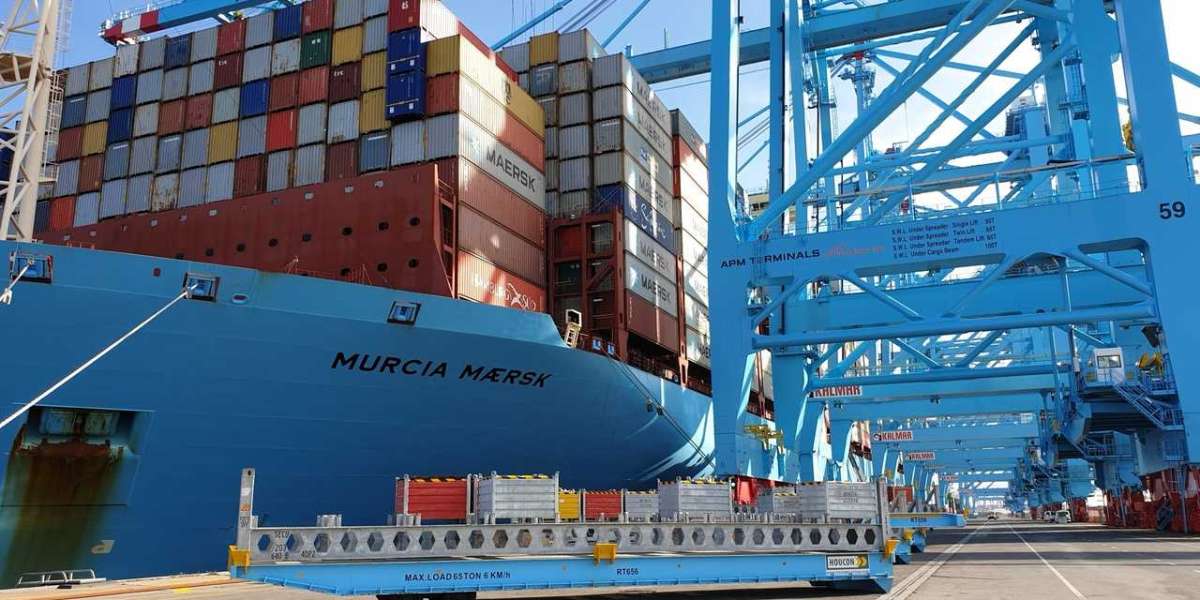White cast iron, often overshadowed by its more popular counterpart, gray cast iron, possesses unique properties that make it indispensable in various industrial applications. From its exceptional hardness to its resistance to wear and abrasion, white cast iron stands out as a material of choice for demanding engineering challenges. In this guide, we delve into the intricacies of white cast iron, exploring its composition, properties, applications, and advantages.
Understanding White Cast Iron:
White cast iron derives its name from the bright white fractured surface it exhibits when broken. Unlike gray cast iron, which contains graphite flakes, white cast iron is characterized by its predominantly cementite (iron carbide) microstructure. This composition grants white cast iron its exceptional hardness and abrasion resistance, making it ideal for applications where strength and durability are paramount.
Composition and Properties:
White cast iron is primarily composed of iron and carbon, typically containing between 2.0% to 3.5% carbon content. The absence of graphite in its microstructure results in its distinctive white appearance. Additionally, white cast iron may contain alloying elements such as chromium, manganese, nickel, and molybdenum to enhance specific properties such as corrosion resistance and toughness.
Key properties of white cast iron include:
High Hardness: White cast iron exhibits exceptional hardness, making it suitable for applications requiring resistance to wear and abrasion.
Excellent Wear Resistance: Its microstructure composed mainly of hard carbides contributes to its superior wear resistance, making it ideal for components subjected to abrasive forces.
Brittle Nature: While its hardness is advantageous, white cast iron's brittleness can be a limitation in certain applications, necessitating careful consideration during design and usage.
Applications:
White cast iron finds applications in various industries, including:
Mining and Quarrying: Components such as crusher liners, wear plates, and hammers benefit from white cast iron's exceptional wear resistance in abrasive environments.
Manufacturing: White cast iron is utilized in the production of rolls, dies, and other tooling where hardness and wear resistance are critical.
Railway Industry: Rail crossings and brake shoes are often made from white cast iron due to its ability to withstand heavy loads and abrasive forces.
Advantages:
Superior Hardness: White cast iron's high hardness ensures longevity and durability in demanding applications.
Excellent Wear Resistance: Its resistance to wear extends component lifespan, reducing maintenance costs.
Versatility: White cast iron's versatility allows for its use in a wide range of applications across different industries.
In conclusion, white cast iron unique properties make it a valuable material in various industrial settings, where strength, hardness, and wear resistance are paramount. Understanding its composition, properties, and applications is crucial for harnessing its full potential in engineering and manufacturing endeavors.


![Bovine Respiratory Disease Treatment Market Forecast Report [2024-2031]](https://www.collcard.com/upload/photos/2024/01/TqOnjXRaQLG9fbCBaWXB_10_b7763f39122078f98dde0075bb489681_image.jpg)
